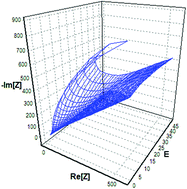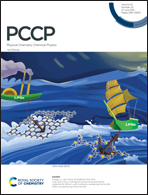Review on physical impedance models in modern battery research
Abstract
Electrochemical impedance spectroscopy (EIS) is a versatile tool to understand complex processes in batteries. This technique can investigate the effects of battery components like the electrode and electrolyte, electrochemical reactions, interfaces, and interphases forming in the electrochemical systems. The interpretation of the EIS data is typically made using models expressed in terms of the so-called electrical equivalent circuits (EECs) to fit the impedance spectra. Therefore, the EECs must unambiguously represent the electrochemistry of the system. EEC models with a physical significance are more relevant than the empirical ones with their inherent imperfect description of the ongoing processes. This review aims to present the readers with the importance of physical EEC modeling within the context of battery research. A general introduction to EIS and EEC models along with a brief description of the mathematical formalism is provided, followed by showcasing the importance of physical EEC models for EIS on selected examples from the research on traditional, aqueous, and newer all-solid-state battery systems.

- This article is part of the themed collection: PCCP Perspectives


 Please wait while we load your content...
Please wait while we load your content...